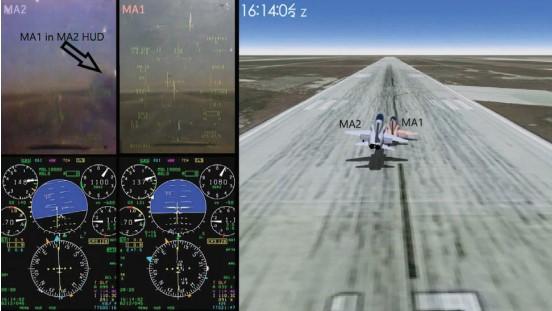Botched Formation Approach Caused Fatal T-38 Crash, Investigation Shows

Credit: U.S. Air Force graphic
A botched formation approach caused two T-38s to crash upon landing in November 2021 at Laughlin AFB, Texas, shortly after the U.S. Air Force had banned formation landings of the aircraft because of another fatal crash. An Air Force Accident Investigation Board report into the crash says the pilots’...
Subscription Required
This content requires a subscription to one of the Aviation Week Intelligence Network (AWIN) bundles.
Schedule a demo today to find out how you can access this content and similar content related to your area of the global aviation industry.
Already an AWIN subscriber? Login
Did you know? Aviation Week has won top honors multiple times in the Jesse H. Neal National Business Journalism Awards, the business-to-business media equivalent of the Pulitzer Prizes.
